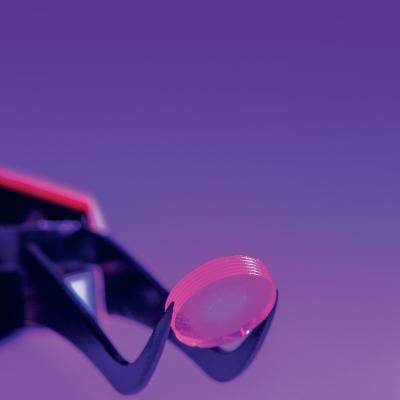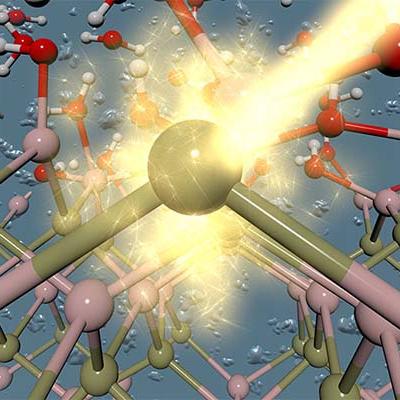LLNL’s novel approach is to use diamond substrates with the desired donor (nitrogen) and acceptor (boron) impurities. In order to optically activate these deep impurities, the invention requires at least one externally or internally integrated light source. The initial exposure to light can set up the desired conduction current, after which the light source could be turned off. Even with…
Keywords
- Show all (67)
- Synthesis and Processing (16)
- Electric Grid (8)
- Materials for Energy Products (7)
- Additive Manufacturing (6)
- Carbon Utilization (6)
- 3D Printing (4)
- Material Design (4)
- Direct Air Capture (2)
- Membranes (2)
- Power Electronics (2)
- Geologic Storage (1)
- Inertial Fusion Energy (IFE) (1)
- Magnet Compositions (1)
- Material Characterization (1)
- Photoconductive Semiconductor Switches (PCSS) (1)
- Simulation (1)
- Spectrometers (1)
- Structural Materials (1)
- (-) Additively Manufactured (AM) Optics (1)
- (-) Semiconductors (1)
Image

LLNL researchers have developed a custom resin formulation which uses a dispersing solvent and only a multifunctional monomer as the binding agent. The dispersing solvent system typically used has multiple components meant to achieve excellent dispersal of silica in order to create a flowable resin (rather than a paste). The dispersing agent has low vapor pressure, which allows the 3D printed…
Image

Dubbed the "LLNL Chemical Prism", the LLNL system has use wherever there is a need to separate components of a fluid. A few examples include:
- Chemical detection for known and previously unknown chemicals or substances
- Separation of biomolecules from a cellular extract
- Fractionation of a complex mixture of hydrocarbons
- Forensic analysis of…

